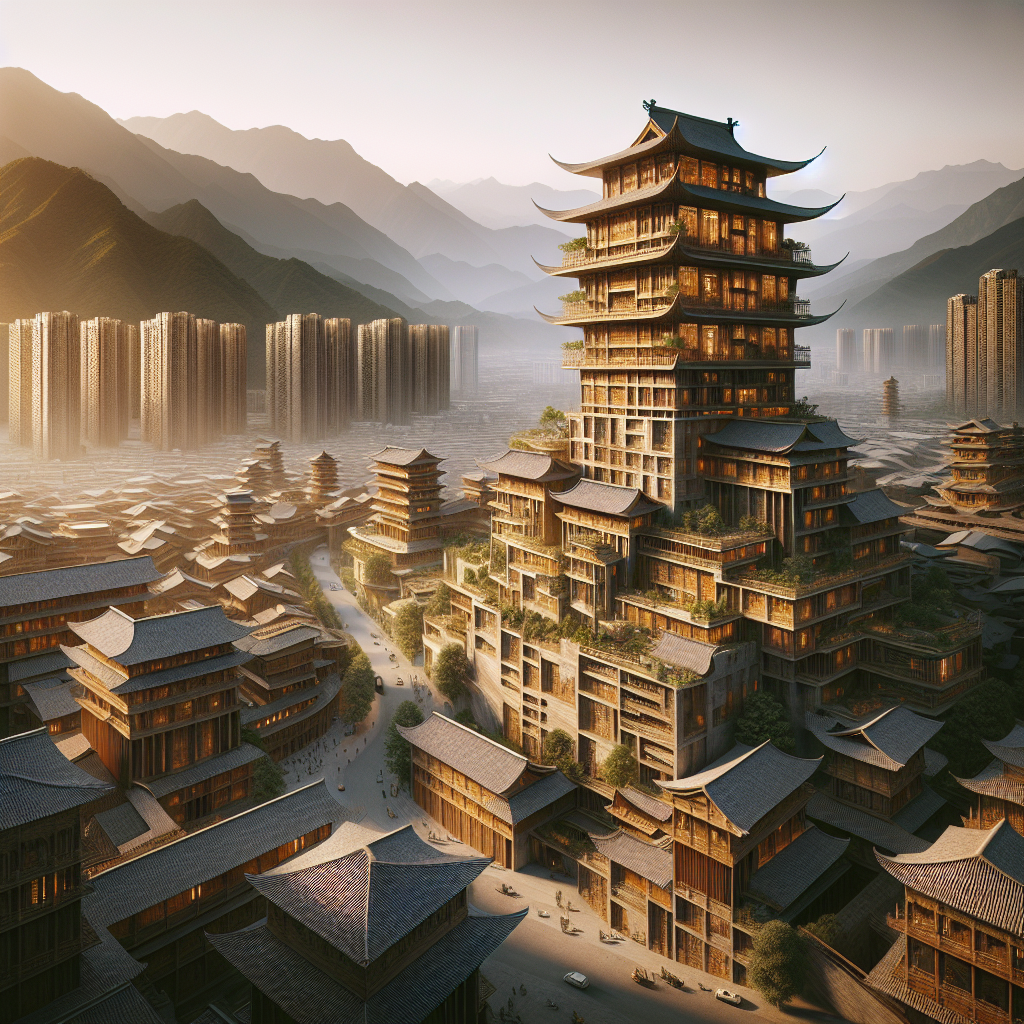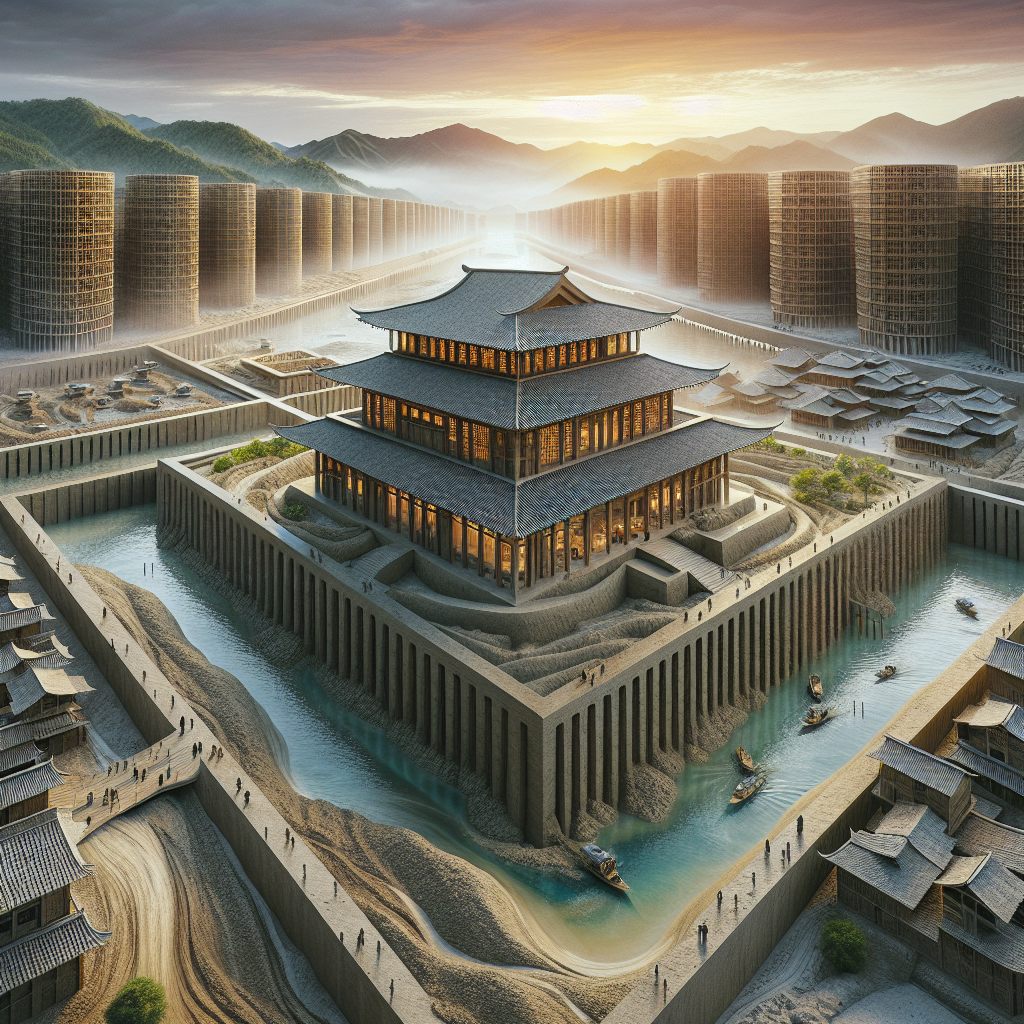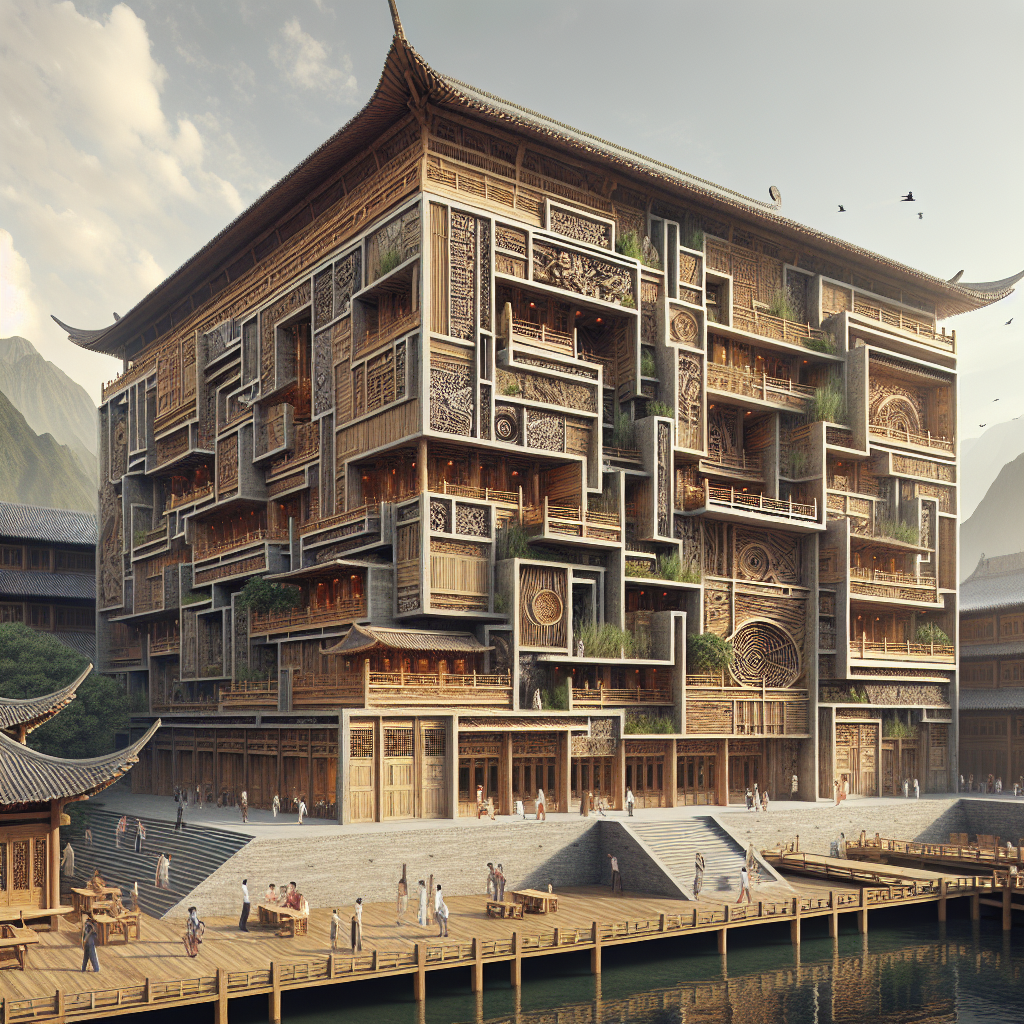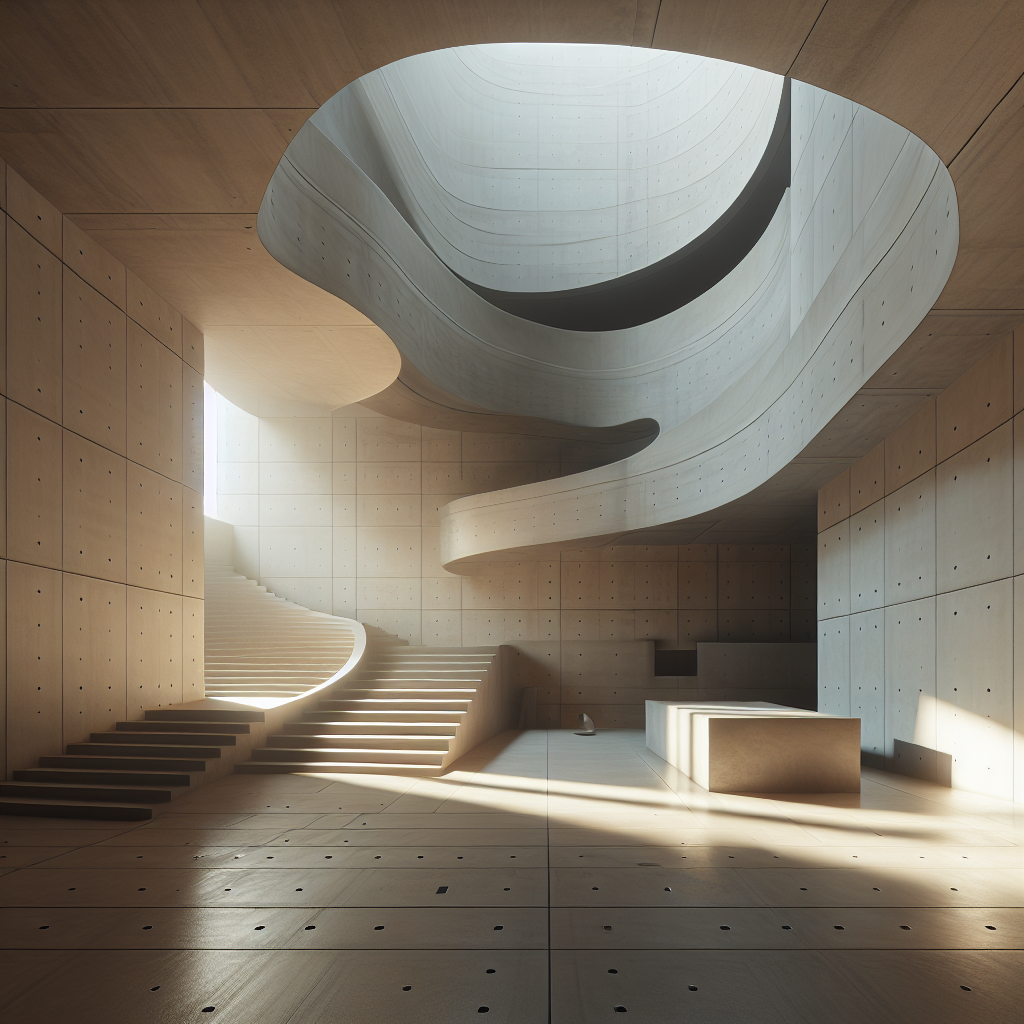Sailing into History: The Role of Naval Architecture in Exploration and Trade

Rammed Earth and Timber: A Nod to the Past in Contemporary Chinese Architecture
As the world pivots towards sustainable building practices, the architectural landscape is experiencing a renaissance of the oldest materials known to mankind. Among these, rammed earth and timber stand out for their historical significance and enduring presence in ancient Chinese construction. These materials, deeply rooted in tradition, are now being re-evaluated and embraced for their ecological footprint and aesthetic appeal in modern design.
China’s architectural heritage, a testament to its ancient civilization, showcases the ingenious use of locally sourced materials. The Great Wall, a marvel of rammed earth construction, still stands as a symbol of this enduring technique. Rammed earth, known as ‘hangtu’ in Mandarin, involves compacting layers of earth mixed with water and sometimes with reinforcing materials such as straw or gravel. This method not only provided a sturdy and thermally efficient wall but also a canvas for the rich tapestry of Chinese culture.
Timber, on the other hand, has been the backbone of Chinese architecture for millennia. The Forbidden City and the ancient temples of China are a testament to the versatility and resilience of wood. Timber’s ability to withstand earthquakes, along with its natural warmth and aesthetic versatility, made it the material of choice for China’s grandest structures.
The Symbiosis of Rammed Earth and Timber in Design
The fusion of rammed earth and timber in Chinese architecture is not merely a matter of material selection but a philosophical alignment with nature. The inherent properties of these materials promote a harmonious balance with the earth’s resources, reflecting the Taoist principles of living in unity with nature. This philosophy is vividly expressed in the classical gardens of Suzhou, where the natural landscape is mirrored in the built environment.
Today’s architects are revisiting these traditional materials, infusing them with contemporary design techniques. Projects such as the Ningbo History Museum, designed by the renowned architect Wang Shu, demonstrate the potential of rammed earth and timber to create structures that are both innovative and deeply connected to Chinese heritage. Wang Shu’s work, which earned him the prestigious Pritzker Prize, is a dialogue between past and present, showcasing how ancient materials can be adapted to modern contexts.
Environmental Implications and Sustainability
The environmental benefits of using rammed earth and timber are manifold. Rammed earth’s thermal mass regulates indoor temperatures, reducing the need for artificial heating and cooling. This passive design strategy aligns with the growing demand for energy-efficient buildings. Moreover, the use of non-toxic, locally sourced earth contributes to a healthier indoor air quality and a smaller carbon footprint.
Timber, when sourced responsibly, is a renewable resource that sequesters carbon dioxide, making it a champion of sustainable construction. The resurgence of timber in Chinese architecture not only honors its historical significance but also addresses contemporary environmental concerns. By incorporating timber in modern designs, architects can reduce the reliance on energy-intensive materials like steel and concrete.
Integrating these materials into modern architecture requires a thoughtful approach to sourcing and construction. The principles of sustainable architecture demand that we consider the lifecycle of building materials. By choosing rammed earth and timber, architects can ensure that their structures are not only aesthetically pleasing but also environmentally responsible.
Challenges and Innovations
Despite their many benefits, rammed earth and timber face challenges in the contemporary building industry. The labor-intensive nature of rammed earth construction and the skill required for traditional timber joinery are at odds with the fast-paced, cost-driven construction practices of today. To overcome these challenges, innovators are developing new techniques to streamline the building process while preserving the integrity of these materials.
Advancements in prefabrication and modular design are making timber construction more efficient and accessible. Similarly, the development of stabilized rammed earth, which incorporates a small amount of cement to increase strength and durability, is expanding the potential of earth as a building material. These innovations are not only practical but also open up new avenues for creative expression in design.
The Future of Rammed Earth and Timber in Chinese Architecture
The future of Chinese architecture lies in a balanced embrace of tradition and innovation. As the country continues to urbanize, the role of rammed earth and timber in construction will evolve. Architects and designers are tasked with the challenge of integrating these materials into the urban fabric, creating buildings that are both reflective of China’s rich history and conducive to modern living.
Projects like the Rammed Earth Revival and the Timber Architecture Trends showcase the adaptability of these materials in contemporary settings. From residential homes to public institutions, the applications are as diverse as they are impressive. The sustainable materials in modern design movement is gaining momentum, and with it, a renewed appreciation for the beauty and practicality of rammed earth and timber.
As we forge ahead, the lessons of the past inform the blueprint of the future. Rammed earth and timber, once the cornerstones of ancient Chinese construction, are now the building blocks of a more sustainable, aesthetically rich, and culturally resonant architecture. The fusion of these time-honored materials with cutting-edge design is a testament to the enduring legacy of China’s architectural heritage and a beacon for the future of global sustainable design.








